In the field of medical mould manufacturing, heat treatment is an indispensable processing technique that plays a crucial role in ensuring the performance and lifespan of moulds. So, what exactly is heat treatment, and what are its purposes?
Heat treatment is a metal thermal processing technology that involves placing metal materials in a specific medium and altering their metallographic structure on the surface or internally through heating, holding, and cooling processes, thereby controlling their physical and chemical properties. In medical mould manufacturing, heat treatment primarily involves annealing, with normalizing also being part of the broader heat treatment understanding (though normalizing is not commonly mentioned independently in medical moulds, understanding its concept aids in comprehensively grasping the heat treatment system).
What are the purposes of heat treatment?
-
Eliminate internal stresses: During the processing of medical moulds, residual stresses are generated internally due to operations such as cutting and grinding. Heat treatment releases these internal stresses through heating and cooling processes, thereby enhancing the stability and lifespan of the moulds.
-
Improve process performance: Annealing can reduce the hardness of steel and increase its plasticity, making it easier to perform subsequent cutting and cold deformation processes on medical moulds, reducing processing difficulty and cost.
-
Refine grain structure and improve organization: Heat treatment can refine the grain structure of materials, resulting in a more uniform organization and laying a solid foundation for subsequent heat treatment or usage processes, thereby improving the overall performance of the moulds.
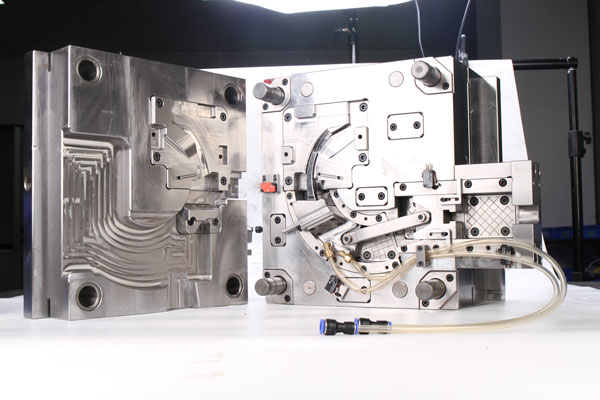
Common annealing methods and their applications in medical moulds
-
Full annealing: The medical mould material is heated to 30-50°C above AC3, held for a certain period, and then cooled with the furnace. This method is suitable for eliminating internal stresses generated during casting, forging, and other processing operations, resulting in a more uniform material organization.
-
Spheroidizing annealing: For medical mould steels containing a significant amount of carbides, spheroidizing annealing can spheroidize the carbides within them, improving the material's cutting processability and cold deformation performance. The material is heated to 20-30°C above AC1, held, and then slowly cooled to room temperature with the furnace.
-
Stress relief annealing: After rough machining or electrical discharge machining of medical moulds, significant residual stresses often remain internally. Stress relief annealing (heating to a temperature below AC1, such as 500-600°C, holding, and then slowly cooling with the furnace) can effectively eliminate these stresses, preventing deformation or cracking of the moulds during usage.
Special considerations for heat treatment of medical moulds
Since medical moulds are directly related to the quality of medical products and patient safety, special attention should be paid to the following points during the heat treatment process:
-
Temperature control: Precisely control the heating and cooling temperatures to avoid material overheating, which can lead to performance degradation or cracking.
-
Time management: Reasonable holding times ensure that the internal organization of the material fully transforms, achieving the desired heat treatment effect.
-
Environmental control: Avoid contamination or oxidation of the material during the heat treatment process, especially during the high-temperature stage, where protective measures should be taken.
Conclusion
Heat treatment for medical moulds is a technically demanding and strictly regulated processing technique. Through reasonable heat treatment, the performance and lifespan of medical moulds can be significantly improved, ensuring the quality and safety of medical products. If you are interested in heat treatment for medical moulds or have related questions, please feel free to engage in in-depth discussions with professional medical mould manufacturers to jointly promote the development of medical mould manufacturing technology.
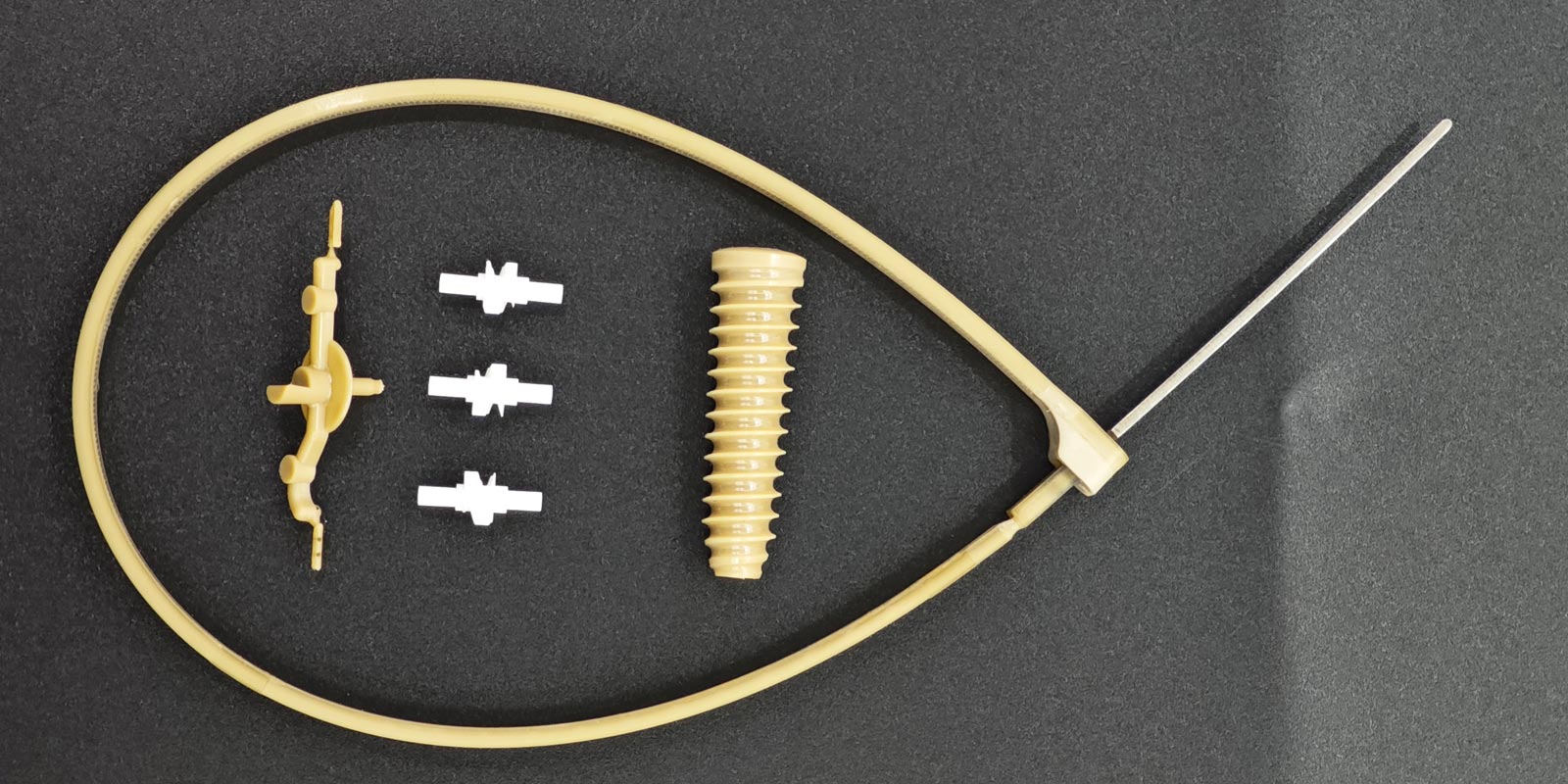
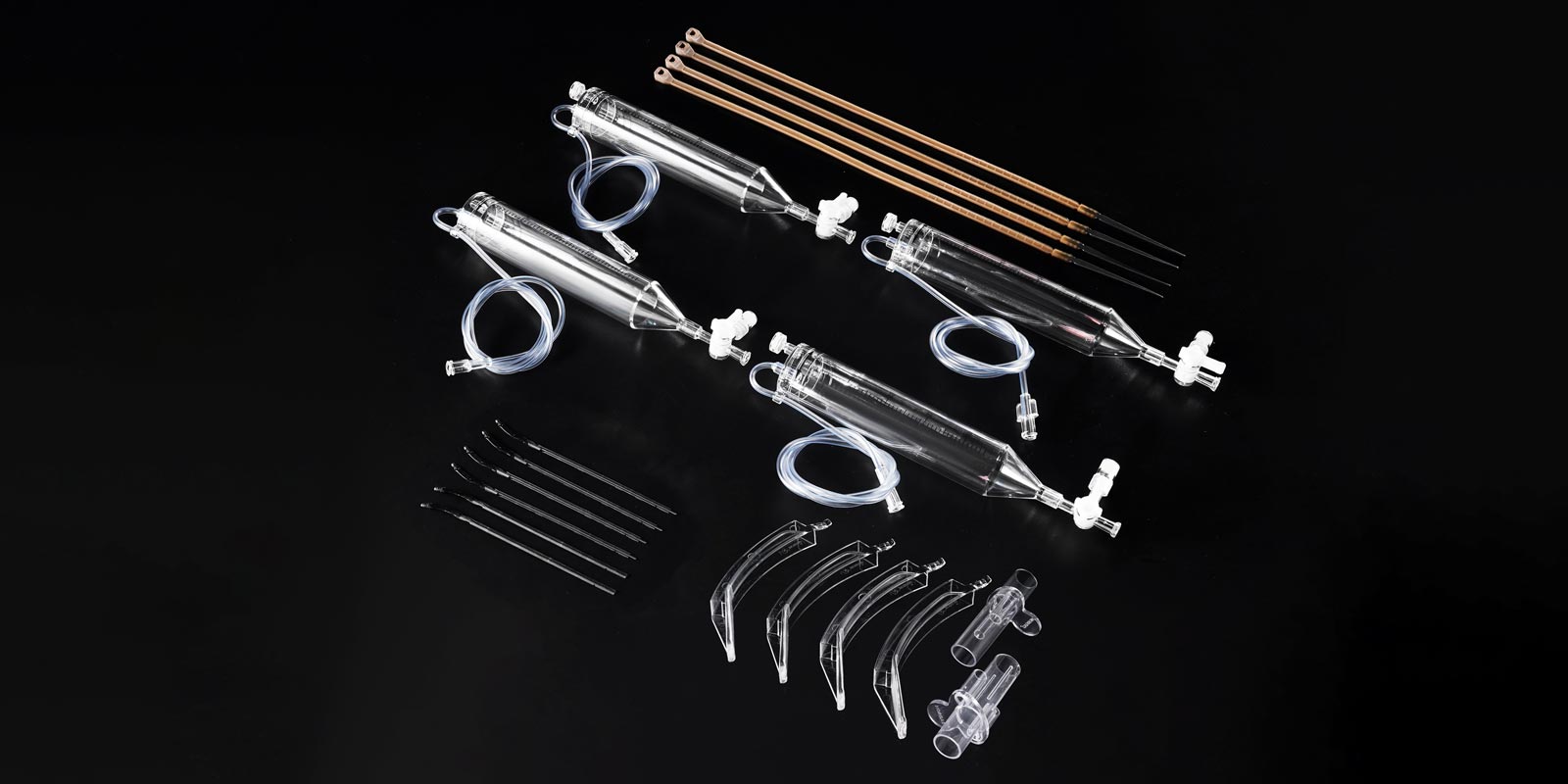
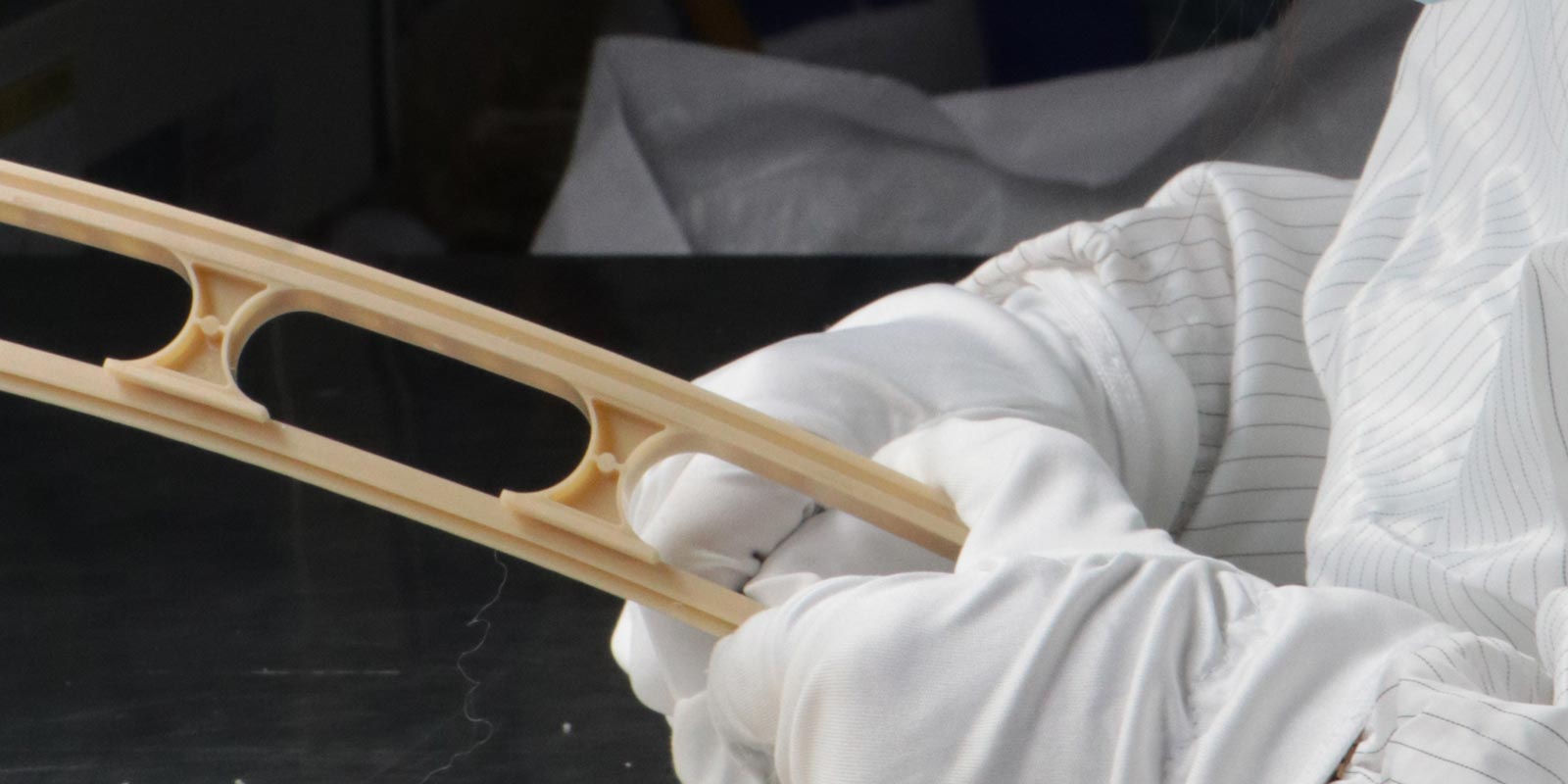
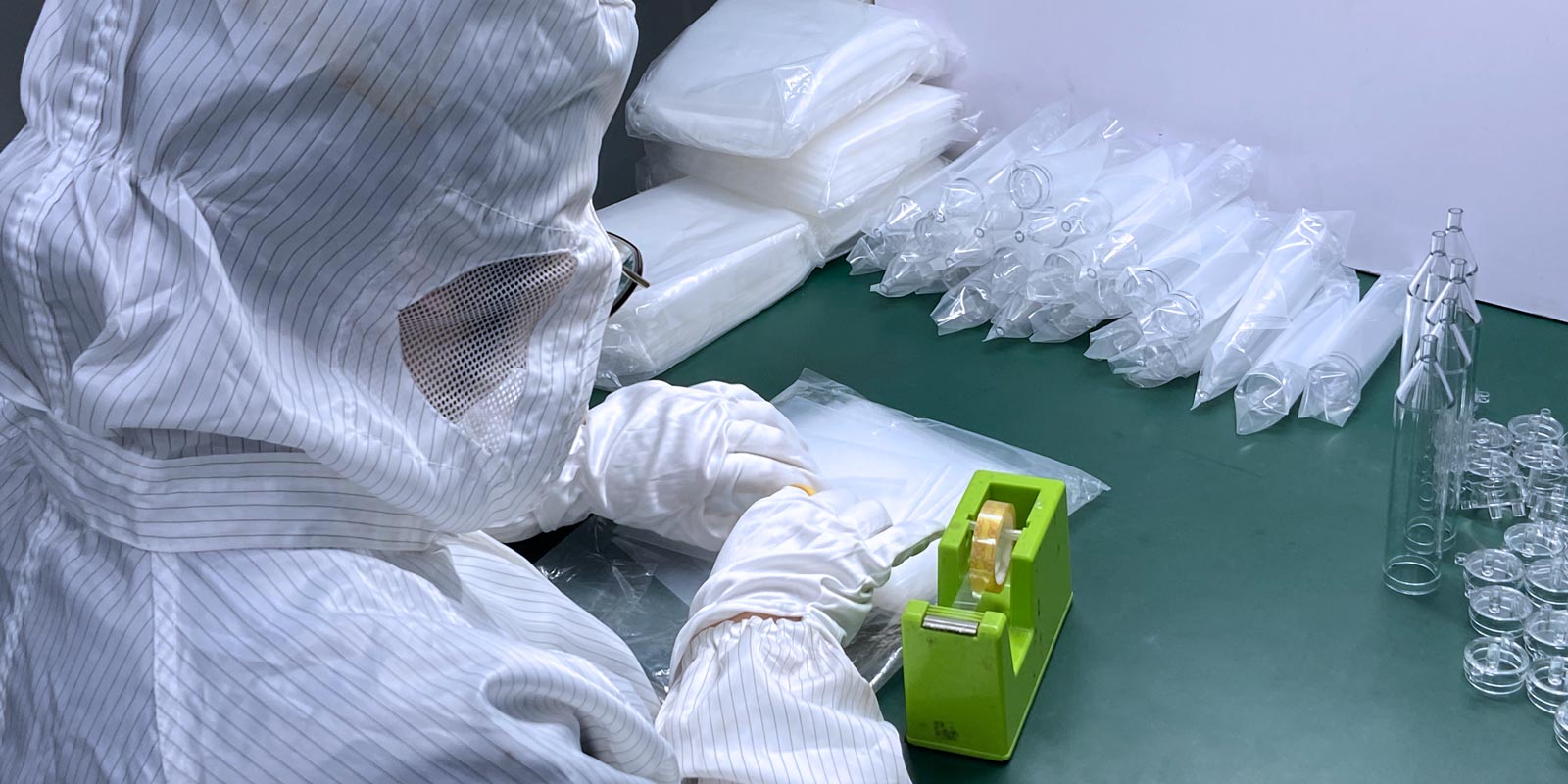
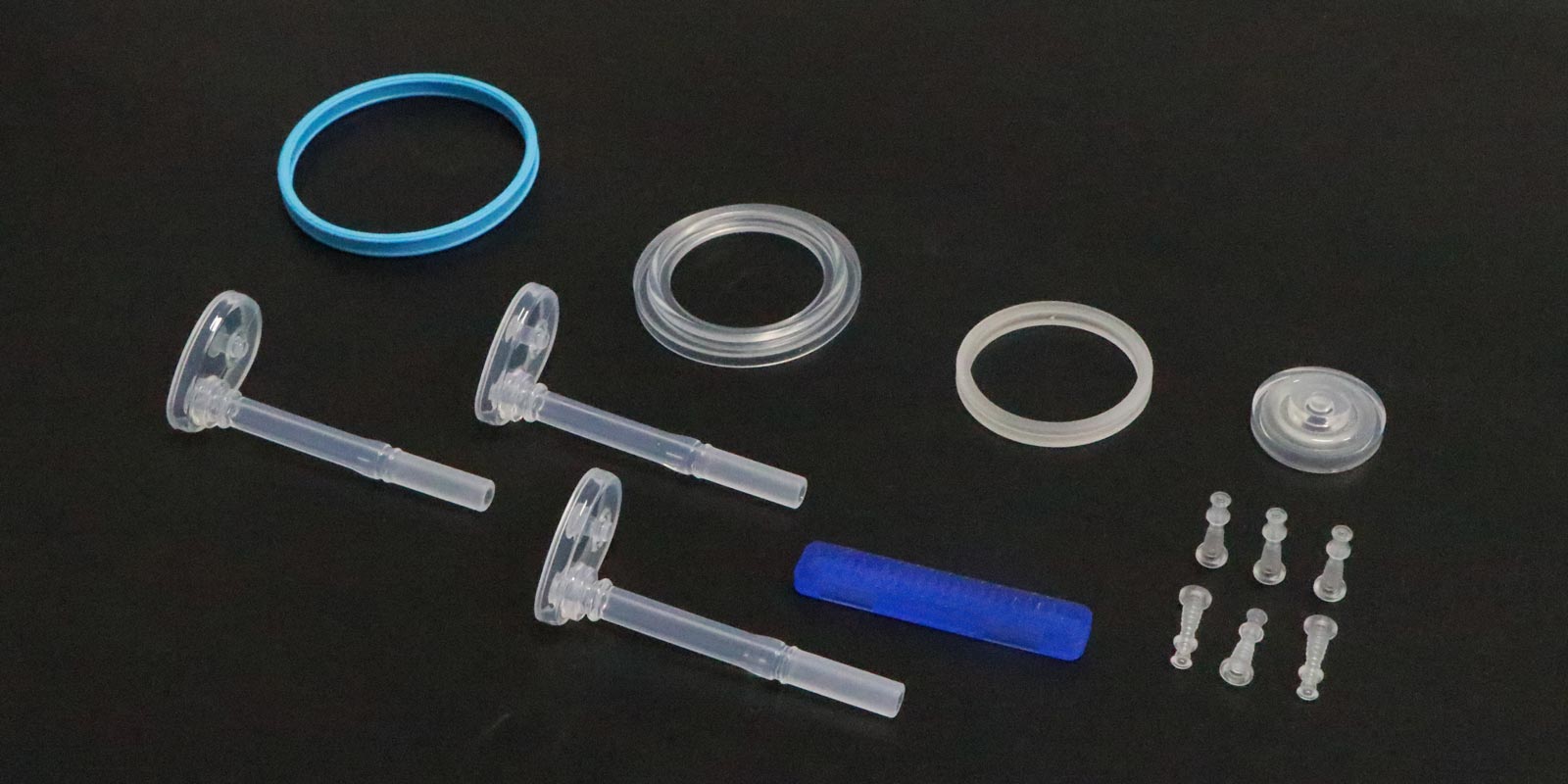
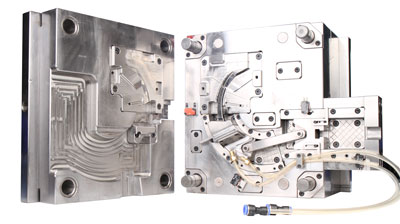
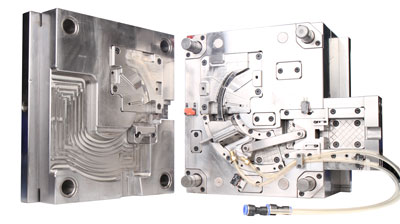
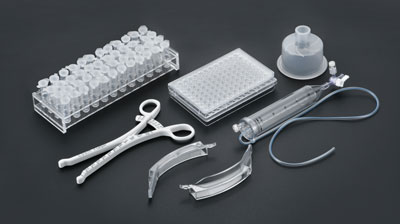








 Home
Home
